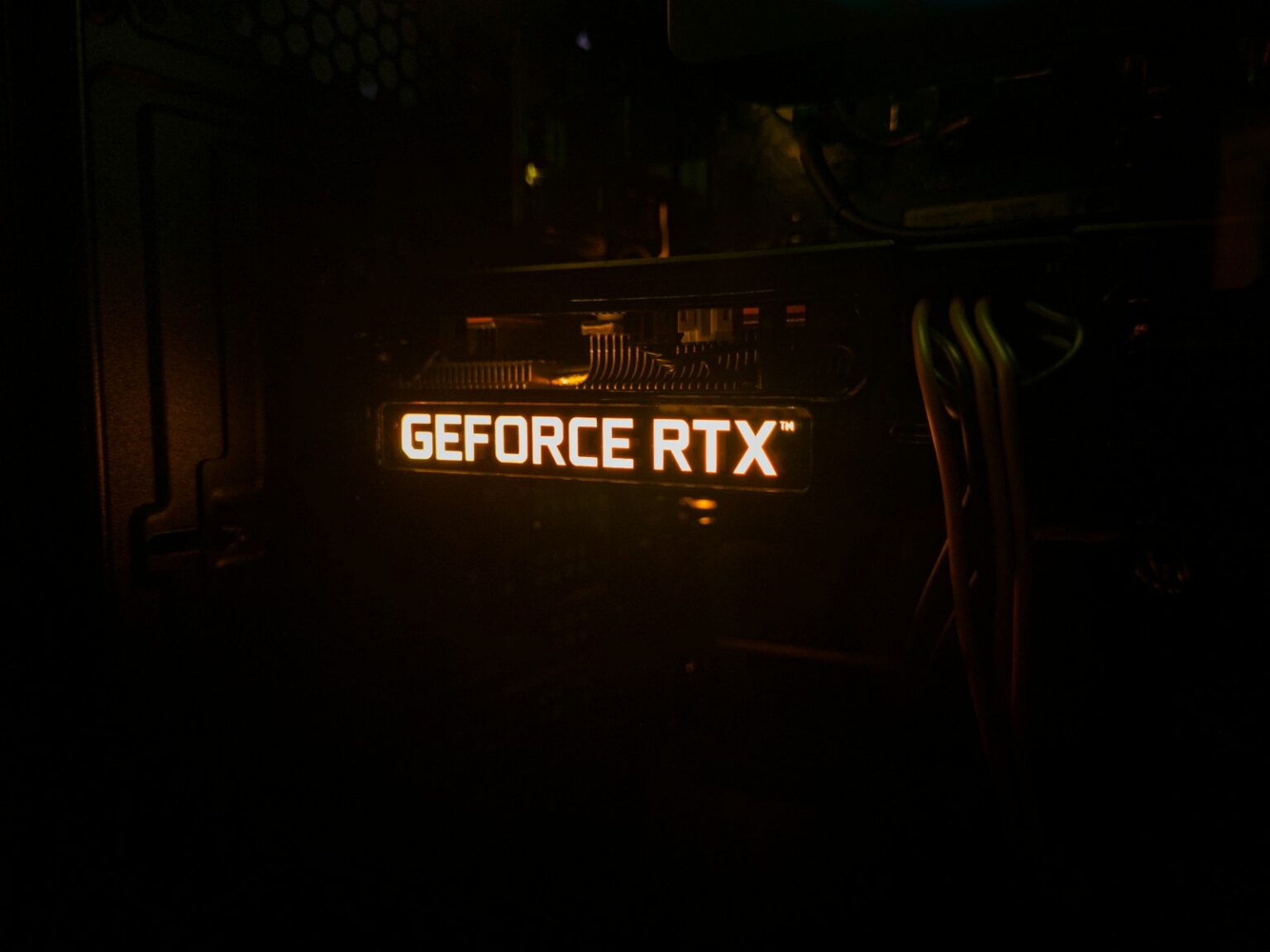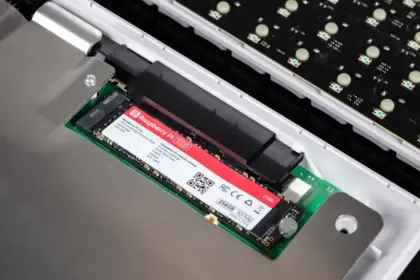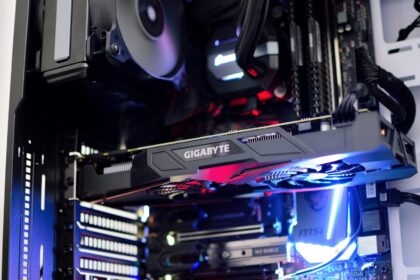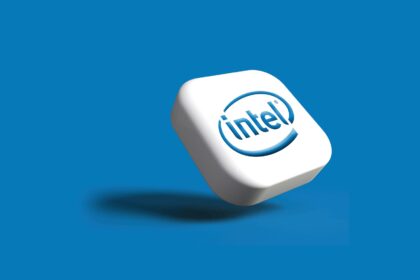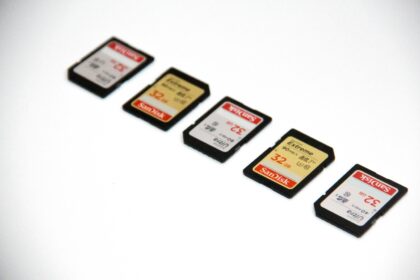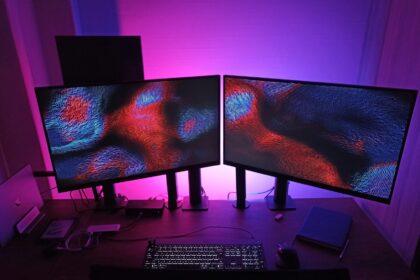Every few years, the world of PC hardware takes a monumental step forward. A piece of technology is released that doesn’t just improve on the last one, it completely changes the game. The Nvidia GeForce RTX 5090 is one of those moments. Built on the highly anticipated “Blackwell” architecture, this graphics card isn’t just an upgrade; it’s a statement. It promises a new reality for gamers, content creators, and AI enthusiasts. This review will explore every facet of this new performance king, from its architectural marvels to its real-world gaming dominance.
The Blackwell architecture: What’s new under the hood?
The heart of the RTX 5090 is the Blackwell architecture. Nvidia has made significant changes from the previous generation. These are not small tweaks. They are fundamental redesigns aimed at boosting efficiency and raw power.
The core of the GPU is the Streaming Multiprocessor, or SM. Blackwell’s SMs have been re-engineered to handle more tasks simultaneously. Think of it like a factory. The previous factory had many workers, but the new one has more workers and each one can do more things at once. This results in a massive increase in core performance for gaming and rendering.
Ray Tracing has also seen a huge upgrade. The new RT Cores, which are specialized processors for calculating light, are more powerful. This means more realistic lighting, shadows, and reflections in games, with less of a performance hit. Path Tracing, the most advanced form of ray tracing, is now more accessible than ever before. What was once a cinematic dream is becoming a real-time reality.
And then there’s AI. The Tensor Cores, responsible for artificial intelligence tasks, have also been improved. This is crucial for Nvidia’s secret weapon: DLSS. With the RTX 5090, we see the introduction of DLSS 4, which brings even more advanced AI-powered frame generation and image reconstruction. It’s smarter, faster, and makes high frame rates at 4K resolution the new standard.
A Generational Leap in Memory
One of the biggest upgrades is the move to GDDR7 memory. This new memory standard is significantly faster than the GDDR6X used in the previous generation. This extra bandwidth allows the GPU to access data much faster, which is critical for high-resolution textures and complex game worlds. It’s like widening a highway from four lanes to eight. The data traffic just flows better, eliminating bottlenecks and improving overall performance, especially at 4K and beyond.
Specifications at a glance
Numbers on a page don’t tell the whole story, but they provide a clear picture of the sheer scale of this GPU. Here is how the GeForce RTX 5090 Founders Edition compares to its predecessor, the RTX 4090.
| Specification | Nvidia GeForce RTX 5090 | Nvidia GeForce RTX 4090 |
|---|---|---|
| CUDA Cores | 24,576 | 16,384 |
| Boost Clock | ~3.0 GHz | 2.52 GHz |
| Memory | 32 GB GDDR7 | 24 GB GDDR6X |
| Memory Bus | 512-bit | 384-bit |
| TDP (Total Design Power) | ~450W | 450W |
The increase in CUDA cores is staggering. It’s a jump of 50%. Combined with the faster memory on a wider bus, the theoretical performance uplift is enormous. Interestingly, Nvidia has managed to keep the power consumption at a similar level to the RTX 4090, highlighting the efficiency gains of the Blackwell architecture.
Gaming performance: The 4K benchmark
This is where the RTX 5090 truly shines. It is unequivocally a 4K graphics card, designed for high-refresh-rate monitors and maxed-out settings. We tested it across a suite of the most demanding games available.
In titles like Cyberpunk 2077 with Path Tracing enabled, the results are breathtaking. Where the RTX 4090 provided a playable experience, the RTX 5090 delivers a smooth, high-framerate one. We are seeing performance gains of 60-70% in many ray-traced games over the previous generation. This is without even enabling DLSS.
When you turn on DLSS 4 in Performance Mode, the numbers become even more impressive. Games that struggled to stay above 60 FPS on the 4090 are now pushing well over 100 FPS on the 5090. This makes high-refresh-rate 4K gaming with maximum visual fidelity a reality. The AI-powered frame generation is smarter, introducing fewer visual artifacts and providing a more responsive feel.
Pro Tip: Monitor choice is crucial
To fully experience the RTX 5090, a high-quality monitor is essential. You should be using a 4K display with at least a 120Hz refresh rate. Using this GPU with a 1080p monitor is a complete waste of its potential. It’s like buying a supercar and only driving it in a school zone.
Creator and AI workloads: A new level of speed
The RTX 5090 is not just for playing games. For professionals, it is a revolutionary tool. The 32 GB of GDDR7 VRAM is a massive benefit for 3D artists, video editors, and AI developers.
In rendering applications like Blender, complex scenes that would take many minutes to render on older cards are now completing in a fraction of the time. The improved CUDA and RT cores accelerate the rendering process dramatically. For video editors working with 8K footage, the timeline is smoother, and export times are slashed. The RTX 5090 can handle tasks that were previously reserved for much more expensive professional-grade cards.
For those working with local AI models, the large VRAM buffer is a game-changer. It allows for larger, more complex models to be run locally on a desktop PC, speeding up development and research. This card democratizes access to high-performance AI computation.
Design, cooling, and power
The Founders Edition of the RTX 5090 is an engineering marvel. It is a large card, even bigger than its predecessor. Nvidia has refined its dual-axial fan design to be quieter and more efficient. The entire card acts as a giant heatsink, effectively dissipating the 450W of heat it can generate under full load. Even during intense gaming sessions, the card remains surprisingly cool and quiet.
It uses the 16-pin 12VHPWR power connector, so a modern, high-quality power supply is a must. We recommend at least a 1000W PSU from a reputable brand to ensure system stability. Do not try to run this card on an old or underpowered supply.
Price and conclusion: Who is this for?
There is no easy way to say this: the GeForce RTX 5090 is extremely expensive. It is a premium product with a premium price tag to match. This is not a graphics card for everyone.
So, who should buy it? This card is built for the enthusiast who demands the absolute best performance possible, with no compromises. It is for the 4K high-refresh-rate gamer who wants to max out every setting for years to come. It is for the professional content creator whose time is money, where faster render times translate directly to increased productivity. If you have to ask about the price, this card probably is not for you.
For everyone else, the technology in the RTX 5090 will eventually trickle down to more affordable cards in the 50-series lineup. But for now, the RTX 5090 stands alone at the top of the mountain.
The undisputed king of performance
The Nvidia GeForce RTX 5090 is a triumph of engineering. It delivers the largest generational performance leap we have seen in a long time. It masters 4K gaming, revolutionizes content creation workflows, and pushes the boundaries of what is possible on a consumer desktop PC.
Its price is astronomical, and its power is more than most people will ever need. But it is not meant to be practical. It is meant to be the best. And in that, it succeeds completely. The RTX 5090 is not just the fastest graphics card on the market; it is a glimpse into the future of PC performance.


